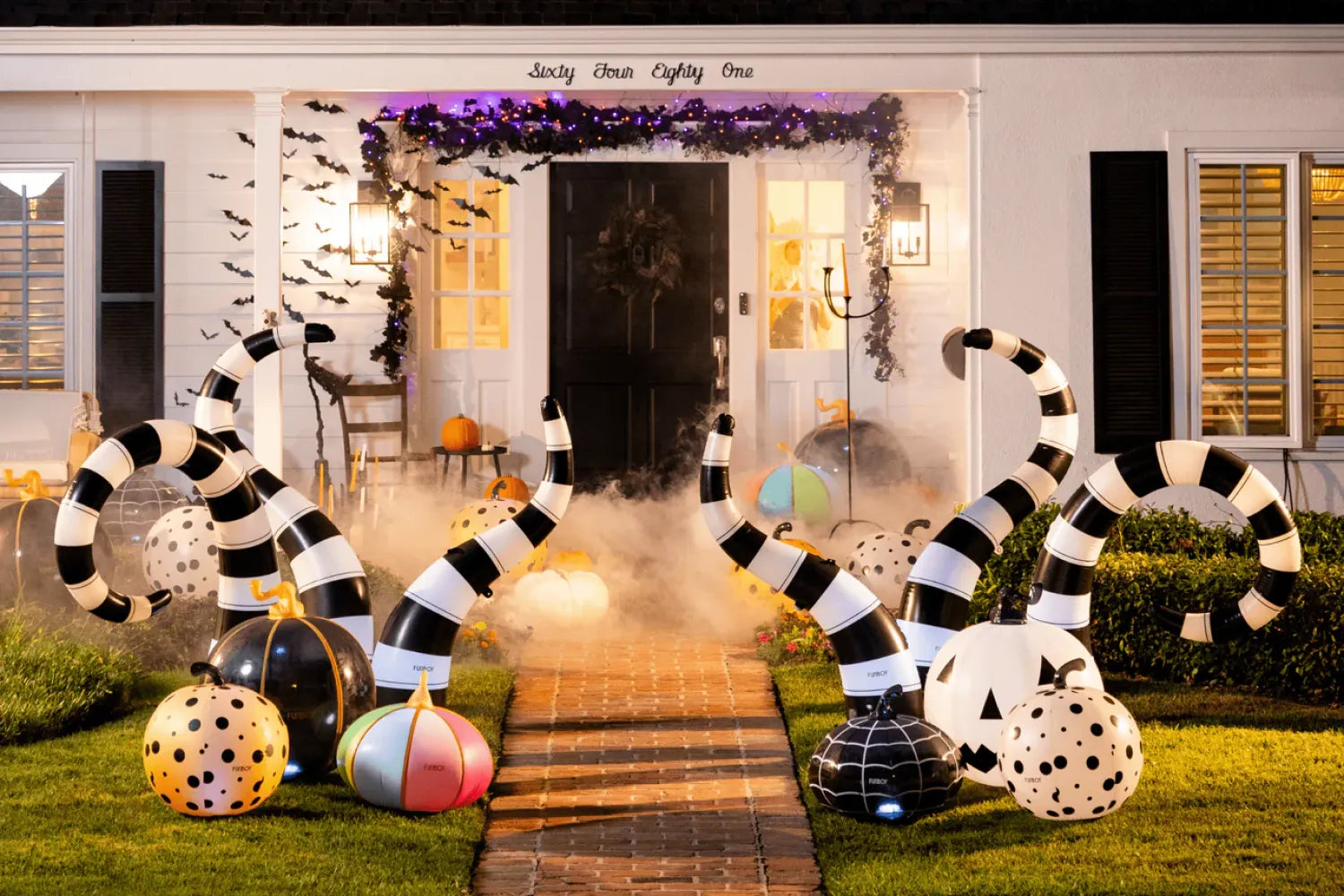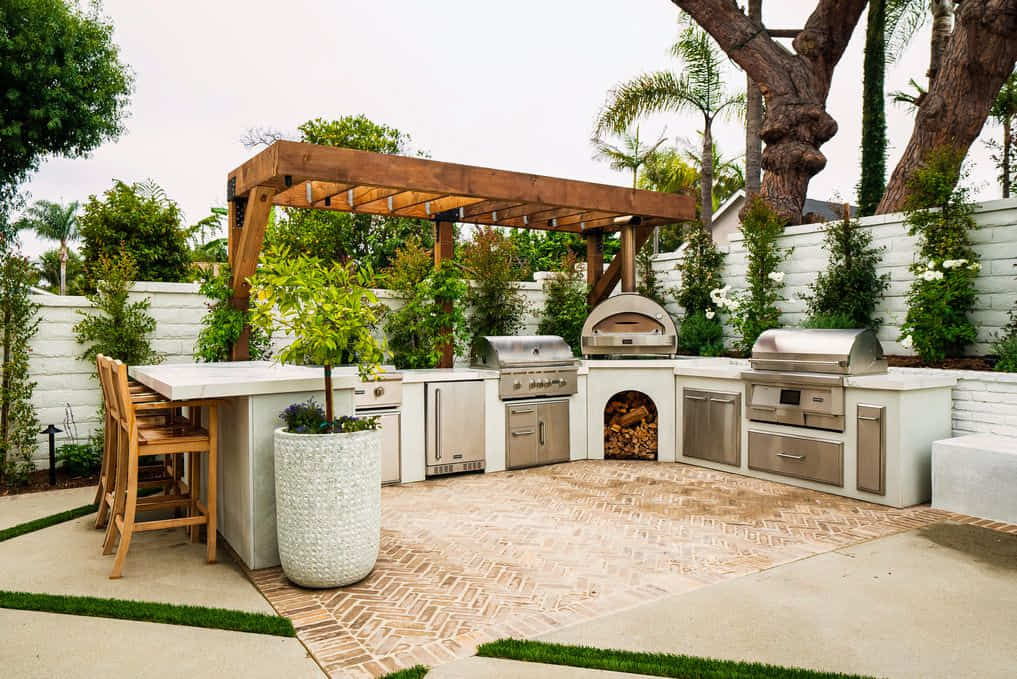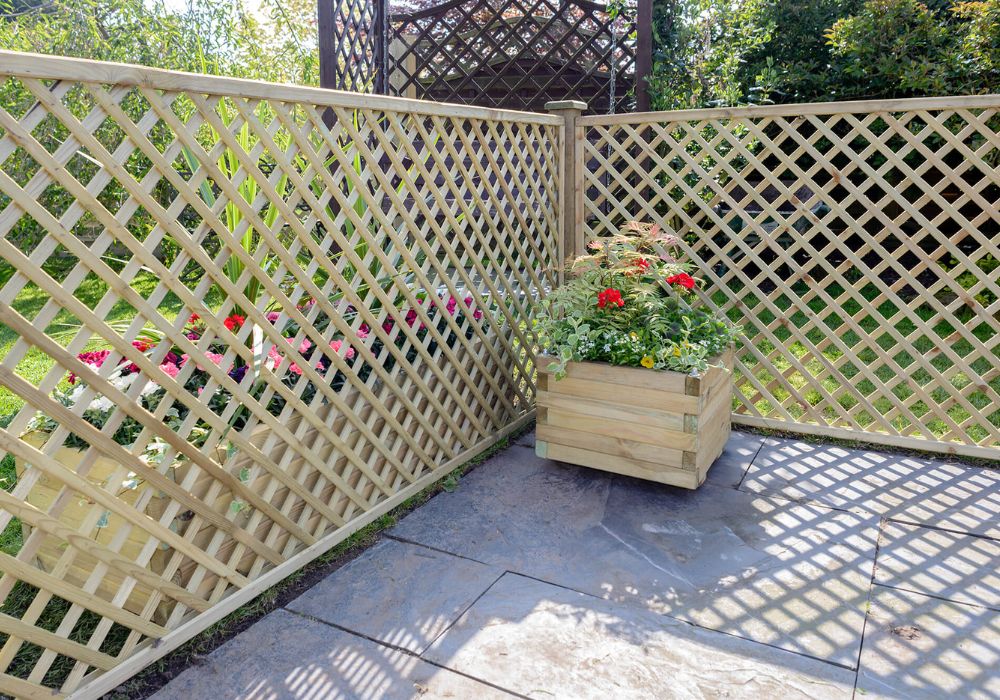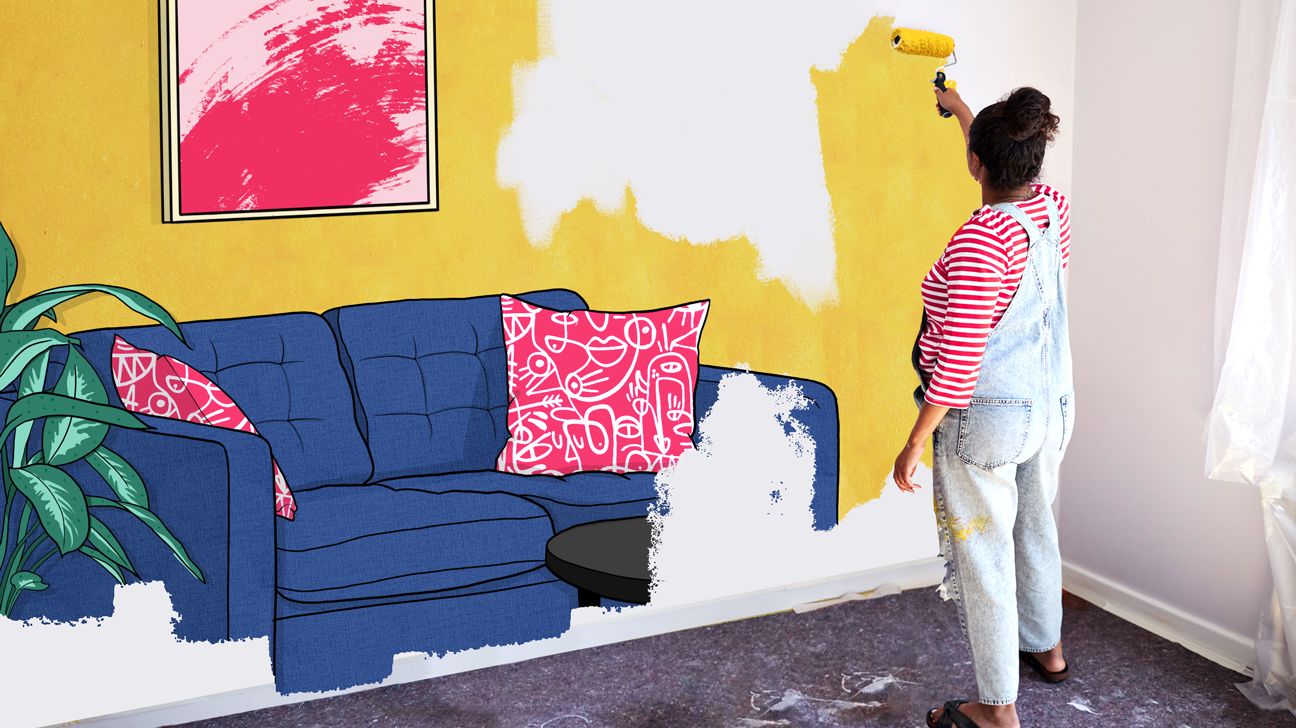Choosing interior paint colors for your home can be both exciting and overwhelming. With so many paint color options to choose from, it's easy to become paralyzed by indecision. However, with the right process and considerations in mind, picking paint colors need not be stressful. This article will guide you through the steps to selecting interior paint colors that you'll love for years to come.
Start With Your Room's Features
Take the time to carefully assess the features of each room before choosing colors. Consider things like lighting, size, furniture, and architectural details. Rooms with large windows will need lighter, brighter colors to take advantage of natural light, while smaller, darker rooms may call for deeper tones. Look at your woodwork, flooring, and trim materials - do they have warm or cool undertones? Choosing colors in the same color family will create a cohesive look. Make notes on each room's unique characteristics to inform your color selection process.

Determine Your Design Style
Another key factor is determining the overall design style and mood you want to achieve. Do you want a modern, minimalist look? A charming country cottage vibe? Or a warm, traditional style? Once you know if you're aiming for casual, formal, dramatic, or calming aesthetics, you can target paint colors to match. Warm neutrals like light tans and pale yellows often fit a relaxed country feel, while cool greys pair nicely with clean-lined modern designs.
Read more: Painting Tips and Tricks for Small Rooms
Swatch It Out
Don't rely solely on paint color names or tiny paint chips. Request large wall swatches from your local paint store so you can see accurate color samples on a large scale. Take them home and try them out in different lighting and at different times of day to see how colors look next to your furnishings and fabrics. You may find colors you thought you loved don't work as well in your specific space. Remove all doubt by seeing potential colors on an actual wall first. Use blue painter's tape to temporarily mount the swatches.
Seek Inspiration
Browse design magazines, books, blogs, and Instagram for interior paint color inspiration relevant to your style. Look for shots of rooms with natural light levels similar to your own. Note any colors you're immediately drawn to for ideas to consider. You can also look to furnishings, textiles, or artwork you already own for hints about complementary paint hues. Art may work in a room because the paint colors were thoughtfully chosen to complement the featured works.
Consider Mood and Function
Make sure color choices align with how you want a space to feel and what activities will take place there. Bright, high-energy colors are ideal for playrooms and kitchens, while soothing tones promote relaxation in bedrooms. Cool tones often recede visually and work well for smaller spaces, while warm hues expand the sense of space. Think about how paint colors might support the room's intended use and set the right atmosphere or energy level. Blues and greens are calming, while yellows and oranges energize.
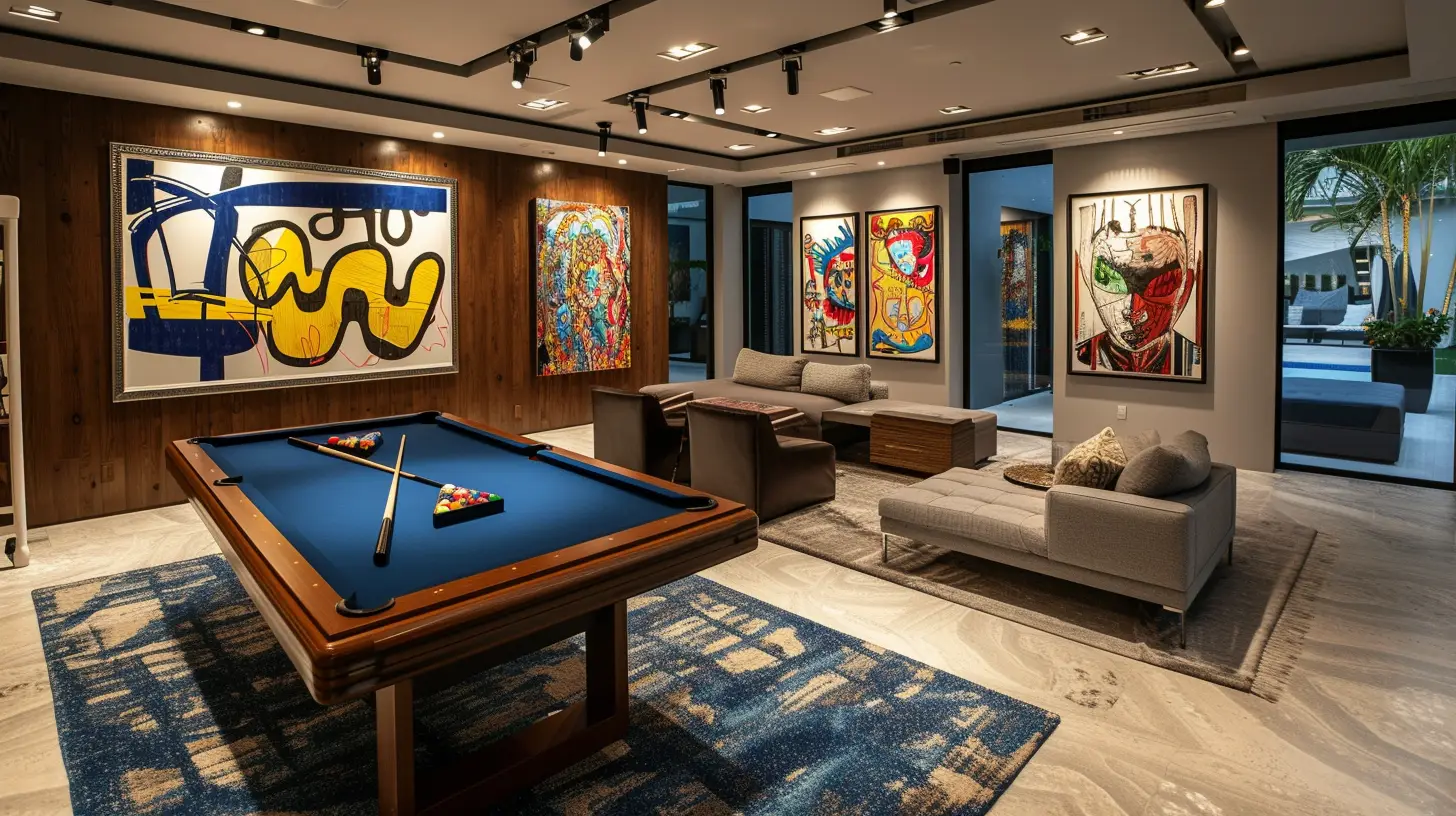
Organize a Painting Plan
Once you've selected a few top-pick colors for each room, devise a plan for painting. Make sure primer and multiple coats are in your budget. Identify any cutting-in areas or challenges like tight corners, trim work, or crown molding that may require extra time and care. Block out weekends or enlist helpful friends and family to power through prep and application efficiently. Proper planning ensures a smoother painting project and the satisfaction of transforming your space into your new colorful dream home.
Tailor for Changing Light
Remember that natural and artificial light sources affect how colors appear at different times of day. Make final decisions in the late afternoon if possible, as that's the dimmest natural light most homeowners experience. Consider how soft or bright you want a room to appear at night with artificial lights and lamps glowing. Flexible taupe and gray tones often adapt well to variations in light, while certain brighter hues may overwhelm or appear too jarring in low-light situations.
Read more: Top Picks: 5 Flattering Lighting Options to Warm Your Home This Fall
Don't Be Afraid to Try Bold Shades
While neutrals are versatile choices, don't be afraid to experiment with deeper, bolder shades. A moody navy or emerald green can feel sophisticated in the right space. Just make sure the wall color doesn't compete with furniture, artwork, or architectural details but instead serves as a backdrop to highlight other elements. Strong hues may work best in an accent wall rather than covering all surfaces. And if you tire of the dramatic look down the line, a neutral repaint is quick to remedy. With careful planning, even vivid shades become livable options that add personality.
Create Cohesion in a Multicolor Home
While your taste may evolve over time, achieving cohesiveness across spaces is key. Consider pairing wall colors in similar color families or values rather than using random unrelated hues. Complementary colors also blend rooms together harmoniously. Soft grays, tans, and light blues make for an easy-to-live with multicolor palette. You can subtly vary tones by adding warmer or cooler undertones between areas too. Maintaining some visual connection between adjacent spaces creates a unified flow throughout your home's design.
:max_bytes(150000):strip_icc()/kitchen-features-to-consider-island-getty-0423-7835695c184641c8aaeec5df377df526.jpg)
Get Input From Others
If getting stuck, ask creative friends and family members for additional perspectives. They may notice combinations you've overlooked or have experience making similar color choices. Home improvement stores also offer free color consultations. Professionals know tricks for working color magic depending on each unique home environment. Sometimes the guidance of a fresh set of eyes is all that's needed to select the ideal palette for your spaces. Incorporating other input helps ensure you're fully satisfied with your new paint colors once applied.
Regularly Reassess
Lifestyles, tastes, and furnishings change over time, so check in periodically to see if your paint colors remain perfectly suited. Reconsider needs and aesthetics after major life events like having children, going through empty nest syndrome, or pursuing a new design direction. Rooms may evolve again in 5 to 7 years and warrant updating. View refreshing colors like minor renovations that keep living spaces feeling fresh and stimulated for years to come. With careful consideration for your home's features and your desired moods, choosing interior paint colors can provide endless joy through new colors whenever you need it.
Read more: Cozy Fall Interior Décor Ideas: Transforming Your Home for the Season
